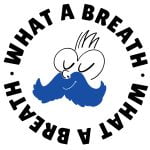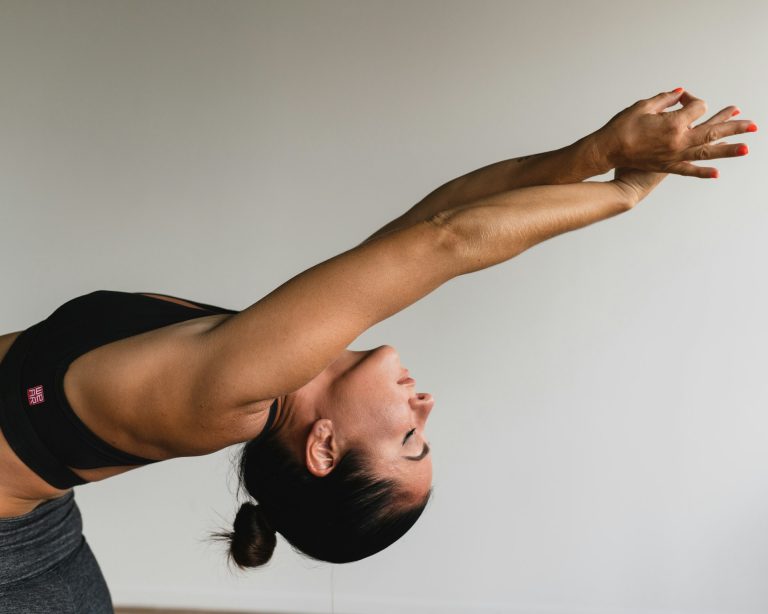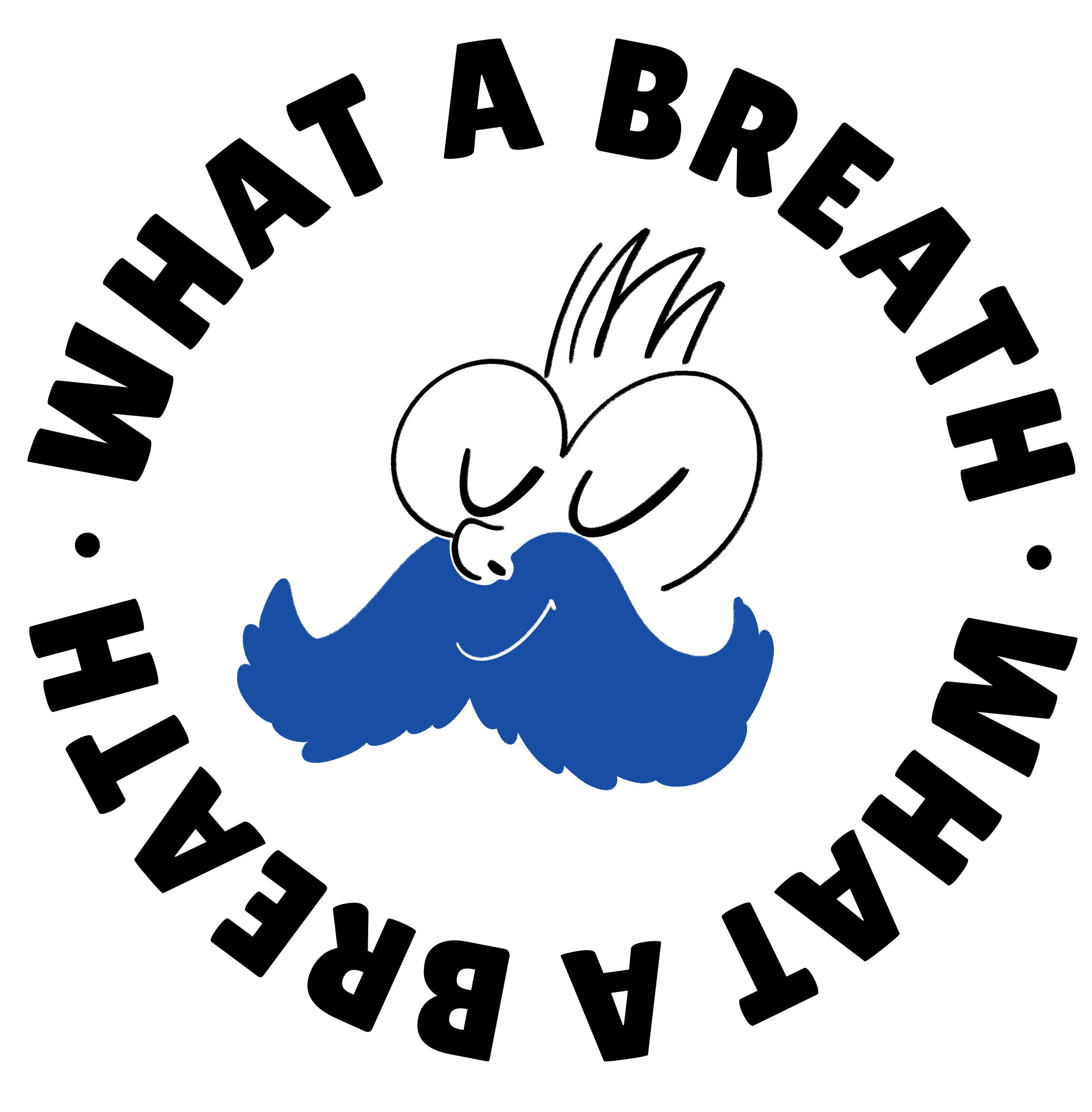Have you ever noticed how you breathe? It may seem like an odd question, but the way you inhale and exhale directly affects your physical and mental well-being. Not all breathing techniques are the same, and today we’ll explore two primary types: diaphragmatic breathing and thoracic breathing. What’s the difference? Which one is more effective? Let’s find out.
What Is Thoracic Breathing?
Thoracic breathing is the way most people breathe without realizing it. Air enters the lungs, but the main movement occurs in the upper chest. During thoracic breathing, the chest expands and contracts quickly, while the diaphragm remains mostly inactive.
This type of breathing is often linked to stress. When we are anxious or under pressure, our breath becomes shallow and fast. The body interprets this as a signal of danger and activates the "fight or flight" response, increasing cortisol production and heart rate.
Over time, breathing this way can lead to muscle tension, fatigue, and even poor oxygenation. The brain receives less oxygen, and feelings of anxiety can intensify, creating a vicious cycle.
Diaphragmatic Breathing: The Deep Breath
Diaphragmatic or abdominal breathing is a more efficient and natural way to breathe. Instead of relying solely on the chest, this type of breathing engages the diaphragm, a muscle located between the chest and abdomen, allowing the lungs to fill deeply.
When you breathe with the diaphragm, your belly expands, and the diaphragm contracts downward, enabling your lungs to fill completely. As you exhale, the diaphragm relaxes, and air is expelled effortlessly. This type of breathing promotes better oxygen intake, helps calm the nervous system, and reduces tension.
Many athletes, singers, and yoga practitioners use diaphragmatic breathing to enhance their performance and endurance. But you don’t have to be a professional to benefit from it—anyone can start practicing and experience positive effects in daily life.
Why Is Diaphragmatic Breathing Better?
There are many reasons why diaphragmatic breathing is considered more effective than thoracic breathing. The first is better oxygenation. When you breathe deeply with the diaphragm, more oxygen enters your bloodstream, improving cell function and reducing fatigue.
Another major advantage is its effect on the nervous system. While thoracic breathing activates the sympathetic system (the stress response), diaphragmatic breathing stimulates the parasympathetic system, which promotes relaxation and energy recovery. This results in a more stable heart rate, lower blood pressure, and greater mental clarity.
Finally, diaphragmatic breathing reduces muscle tension. Many people don’t realize how much stress they hold in their shoulders and neck due to shallow breathing. Using the diaphragm means relieving these muscles from the extra effort of pulling in air, reducing stiffness in the upper body.
How to Shift from Thoracic to Diaphragmatic Breathing
If you’ve always breathed thoracically, switching to diaphragmatic breathing may take some practice. The first step is becoming aware of your breath. Try noticing whether your chest moves more than your belly when you inhale and exhale.
A good exercise is to lie on a mat and place one hand on your chest and the other on your belly. Slowly inhale through your nose, trying to expand your abdomen while keeping the hand on your chest still. Gently exhale through your mouth, letting your belly deflate. With practice, this type of breathing will become more natural.
You can integrate this technique into your daily routine. Try practicing it before bed, while waiting in line, or during moments of tension. Just a few minutes a day can lead to noticeable benefits.
Learn more about diaphragmatic breathing techniques at this link.
The Right Breath for Your Well-Being
Breathing is something we do automatically, but the way we do it can make a big difference in our well-being. Thoracic breathing can increase stress and fatigue, while diaphragmatic breathing helps relax the body, improve concentration, and boost energy.
If you want to improve your quality of life, start paying attention to your breath. Over time, and with a little practice, you’ll see how a simple habit can have a profound impact on your health and mental state.






